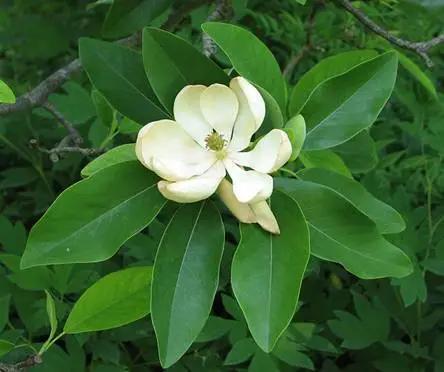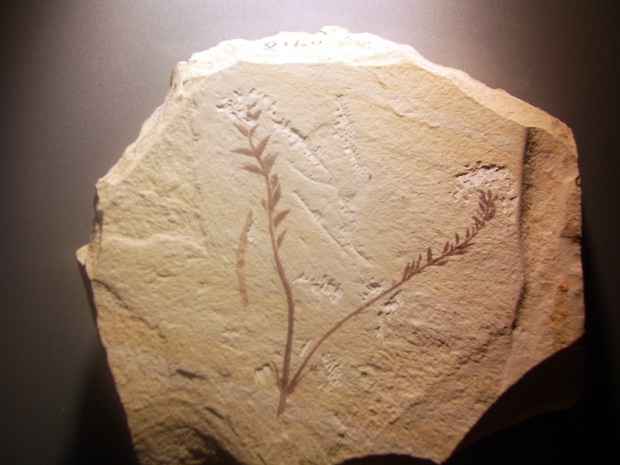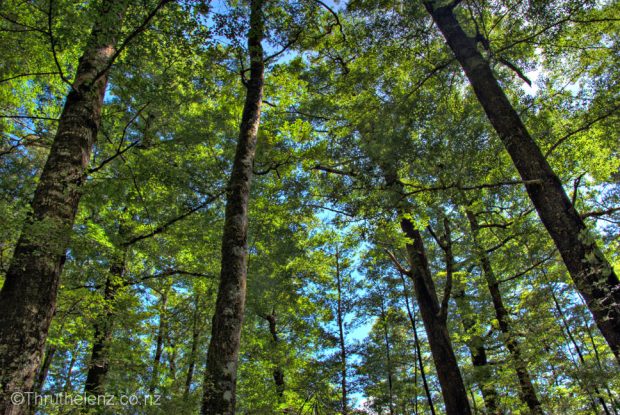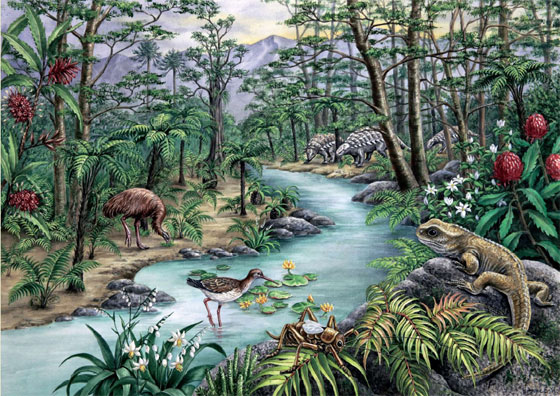The Cretaceous period of the Mesozoic era was the final and longest period. It occurred from 14.5 million years ago to 65.5 million years ago (Bagley). There was a minor mass extinction that marks the beginning of the Cretaceous (The Cretaceous). Pangaea was still drifting apart, but by the end of this period, the land masses were in very similar spots to where they are today (Bagley). The expanded coast lines, shifting continents, and widening oceans created a cooler environment (Cretaceous).
Ferns, cycads and conifers were still present on the forest floors, but this period marks the beginning of something new: flowering plants. Plants such as magnolia, ficus, and sassafras outnumbered the flourishing flora that were found during the Jurassic period. (Cretaceous).

The magnolia plant are one of the angiosperms that developed during the Cretaceous. They evolved before bees appeared, but were first pollinated by beetles (Magnolia, Plant Encyclopedia).
Flowering plants, also known as angiosperms, spread rapidly during the Cretaceous. Some of the credit for that is given to insects such as bees as wasps, that would pollinate and spread the seeds of these plants (Cretaceous: Terrestrial). Angiosperms were very successful during this time period, and whether or not it was due to pollination, many new insect species evolved, as well (Cretaceous: Terrestrial).

The oldest angiosperm recorded is Archaefructus liaoningensis, found by Ge Sun and David Dilcher in China (Bagley). It is thought to be around 122 million years old (Bagley). Photo courtesy of Wikipedia.
Beeches and Oaks
Beeches and oaks are best known for their edible fruits (Cretaceous, BBC). Acorns and nuts grew on these trees, edible to humans today as they were to animals back then. By the end of the Cretaceous period, earth was looking more and more like it looks today, with the oak and beech trees being some of the first things we would recognize.

There are around 1,000 species of beech and oak trees and they are mostly found in the northern hemisphere (Cretaceous, BBC).
